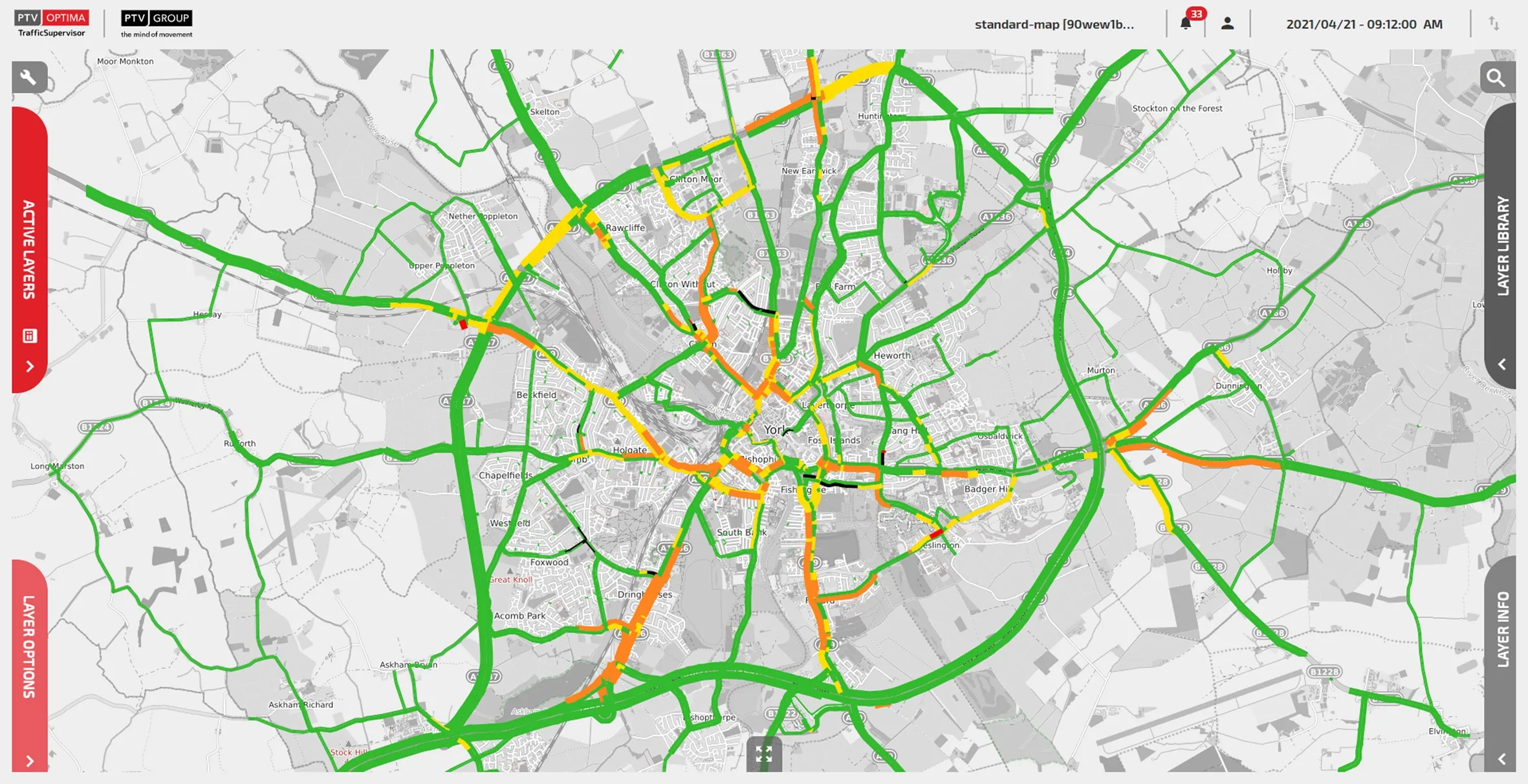In a bid to improve traffic flow, New York Department of Transportation (NYDOT) has installed Sensys Networks’ ACS Lite wireless traffic sensors on several streets in the city. ACS Lite is designed to provide adaptive technologies to arterial applications, calculating slight adjustments to timing patterns to optimise traffic through arterial flows. "The sensors will help with another system adapt to the times of the signal so they will change quicker and be more responsible to the current conditions," said
January 14, 2013
Read time: 2 mins
In a bid to improve traffic flow, New York Department of Transportation (NYDOT) has installed 119 Sensys Networks’ ACS Lite wireless traffic sensors on several streets in the city.
ACS Lite is designed to provide adaptive technologies to arterial applications, calculating slight adjustments to timing patterns to optimise traffic through arterial flows.
"The sensors will help with another system adapt to the times of the signal so they will change quicker and be more responsible to the current conditions," said Sensys Networks’ Ed Davis.
The sensors gather information as each car passes by, about traffic volume and speed; transmitting it to receivers that will work with traffic lights to change as required, unlike the current signal timing system, which changes at the same time throughout the day, regardless of the volume of traffic.
"We send a signal back to the traffic signal cabinet and determine what the best cycle length will be so it will adjust the timing of the signal based on the timing of the demand," Davis said.
ACS Lite is designed to provide adaptive technologies to arterial applications, calculating slight adjustments to timing patterns to optimise traffic through arterial flows.
"The sensors will help with another system adapt to the times of the signal so they will change quicker and be more responsible to the current conditions," said Sensys Networks’ Ed Davis.
The sensors gather information as each car passes by, about traffic volume and speed; transmitting it to receivers that will work with traffic lights to change as required, unlike the current signal timing system, which changes at the same time throughout the day, regardless of the volume of traffic.
"We send a signal back to the traffic signal cabinet and determine what the best cycle length will be so it will adjust the timing of the signal based on the timing of the demand," Davis said.









